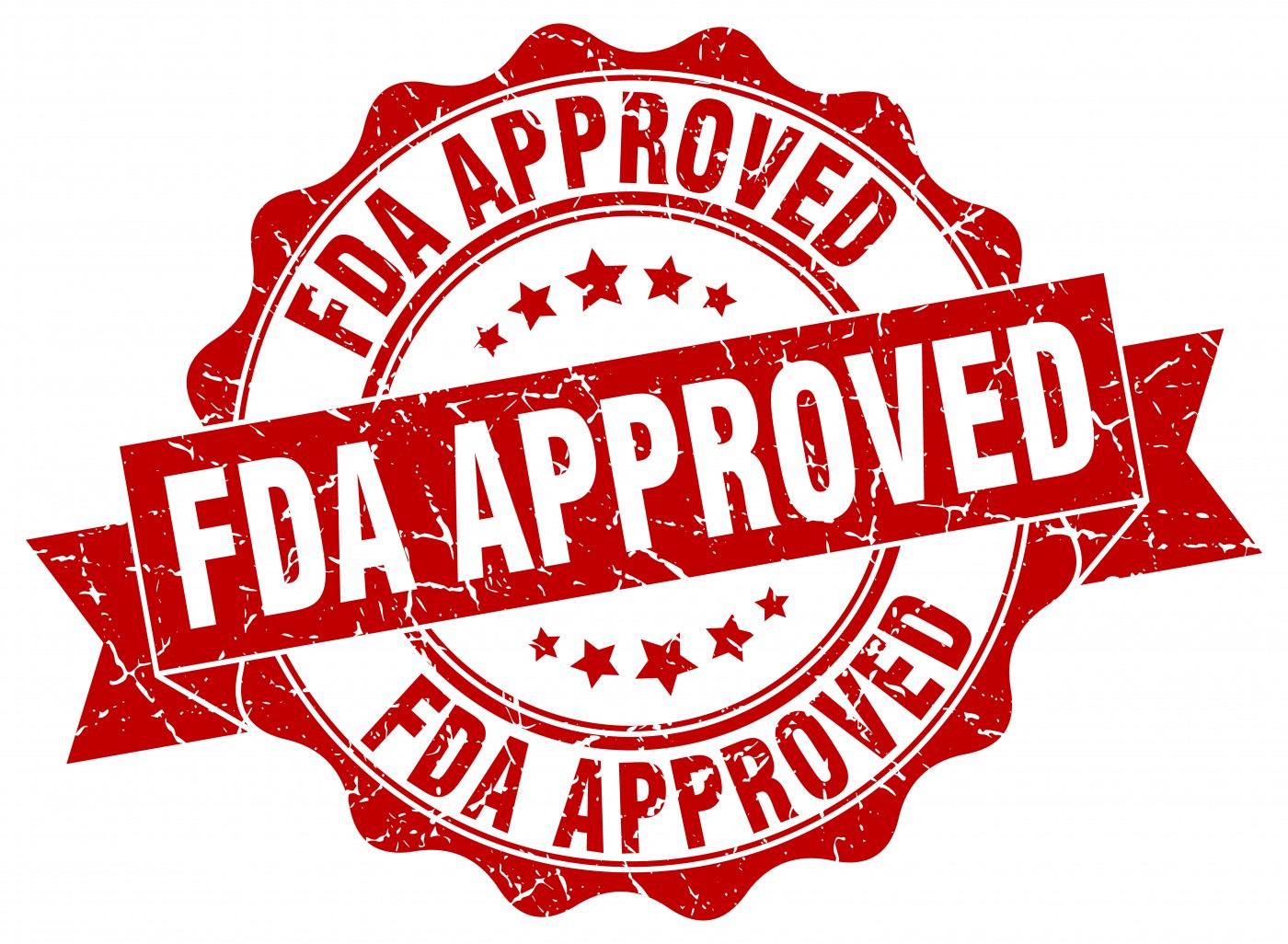FDA Approves Adynovate for use in Surgical Settings and Children Under 12

The U.S. Food and Drug Administration (FDA) has approved Shire’s Adynovate for the treatment of pediatric patients under 12 years of age with hemophilia A. Adynovate also was approved for use by both adults and children undergoing surgical procedures, to control bleeding episodes.
Adynovate is a recombinant Factor VIII (rFVIII) treatment with an extended half-life. Developed by Baxalta, formerly Baxter BioScience, and now part of Shire, Adynovate was built on the molecule Adnate. In November 2015 it received approval from the FDA for use in hemophilia A patients, 12 years and older to control bleeding, or to be regularly used to reduce the frequency of bleeding episodes.
“Physicians need additional treatment options for pediatric patients and those undergoing surgery with hemophilia A,” Eric Mullins, MD, research director, Hemophilia Treatment Center, Cincinnati Children’s Hospital Medical Center, said in a press release. “As someone who has routinely seen the benefits of factor replacement in adult patients with hemophilia A, I am pleased to be able to provide Adynovate to more patients.”
The approval of Adynovate for use in children under 12 years of age was based on data from an open-label, prospective, uncontrolled, multi-center Phase 3 study (NCT02210091) evaluating the efficacy, safety and immunogenicity (ability of the substance to provoke an immune response in the body) of Adynotate.
Sixty-three previously-treated children with severe hemophilia A received prophylactic Adynovate (median 1.9 infusions per week) and were followed for six months. The study met its primary endpoint with results showing that no children developed inhibitory antibodies to Adynovate, meaning the treatment was effective.
In terms of safety, the results showed that the treatment caused no serious adverse events. Seventy-three percent of children had zero joint bleeds, and 38% experienced zero bleeds. Comparable to median overall annualized bleeding rates (ABR) seen in an adult trial, in this phase 3 study, the median ABR among children treated with Adynovate was 2.0.
“At Shire, we are dedicated to developing innovative therapies for patients living with hemophilia A,” said Philip J. Vickers, PhD, global head of research and development at Shire. “Today’s announcement of the new FDA-approved indications for Adynovate in pediatric patients less than 12 years of age and those undergoing surgery underscores our commitment to provide treatment options with proven efficacy profiles to more patients living with hemophilia A.”
The FDA approval of Adynovate to be used for both adults and children with severe hemophilia A in surgical settings was based on interim data of an ongoing Phase 3 trial (NCT01913405) assessing the control of bleeding episodes during surgical procedures in 15 patients with severe hemophilia A undergoing surgery.






